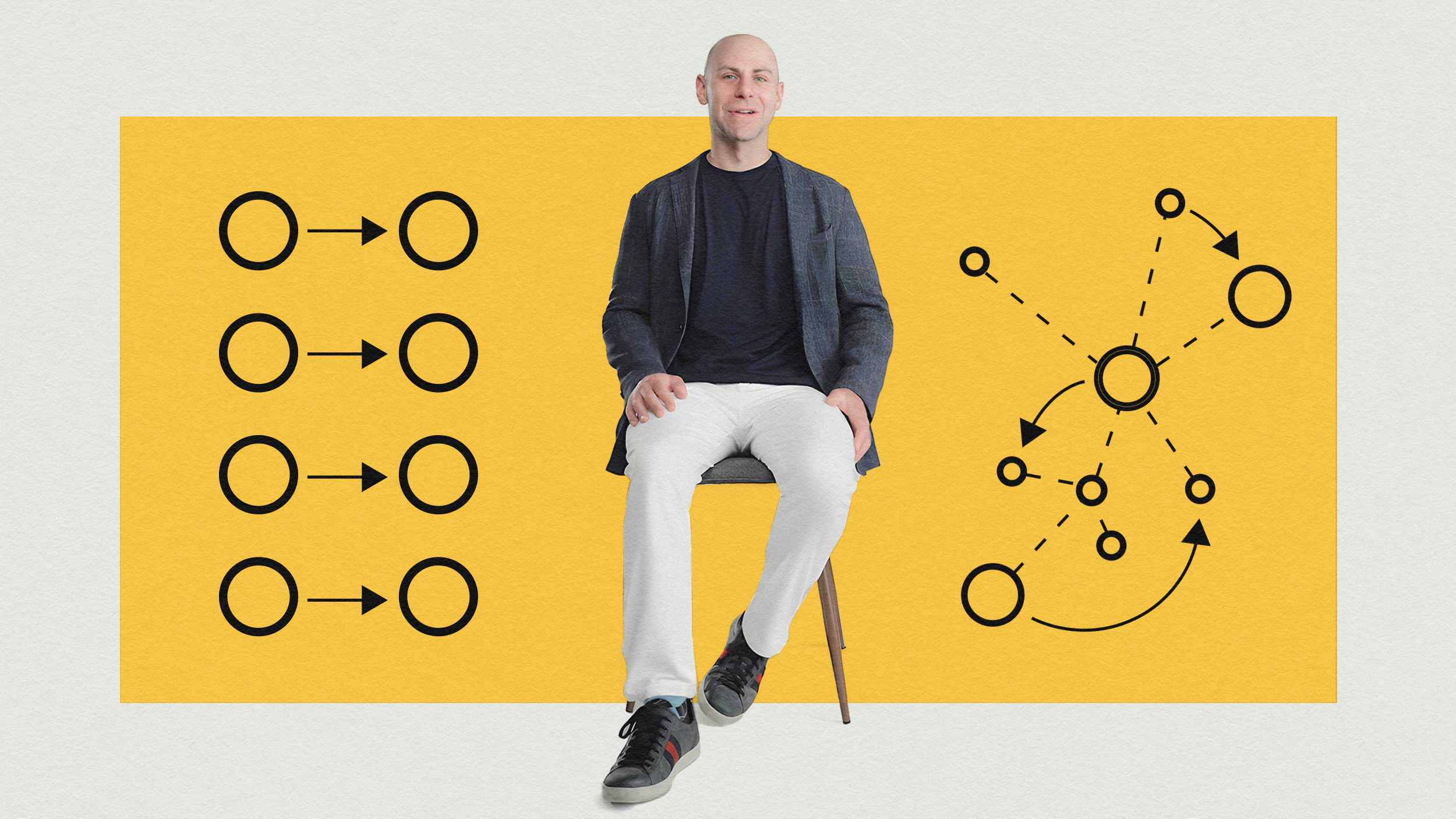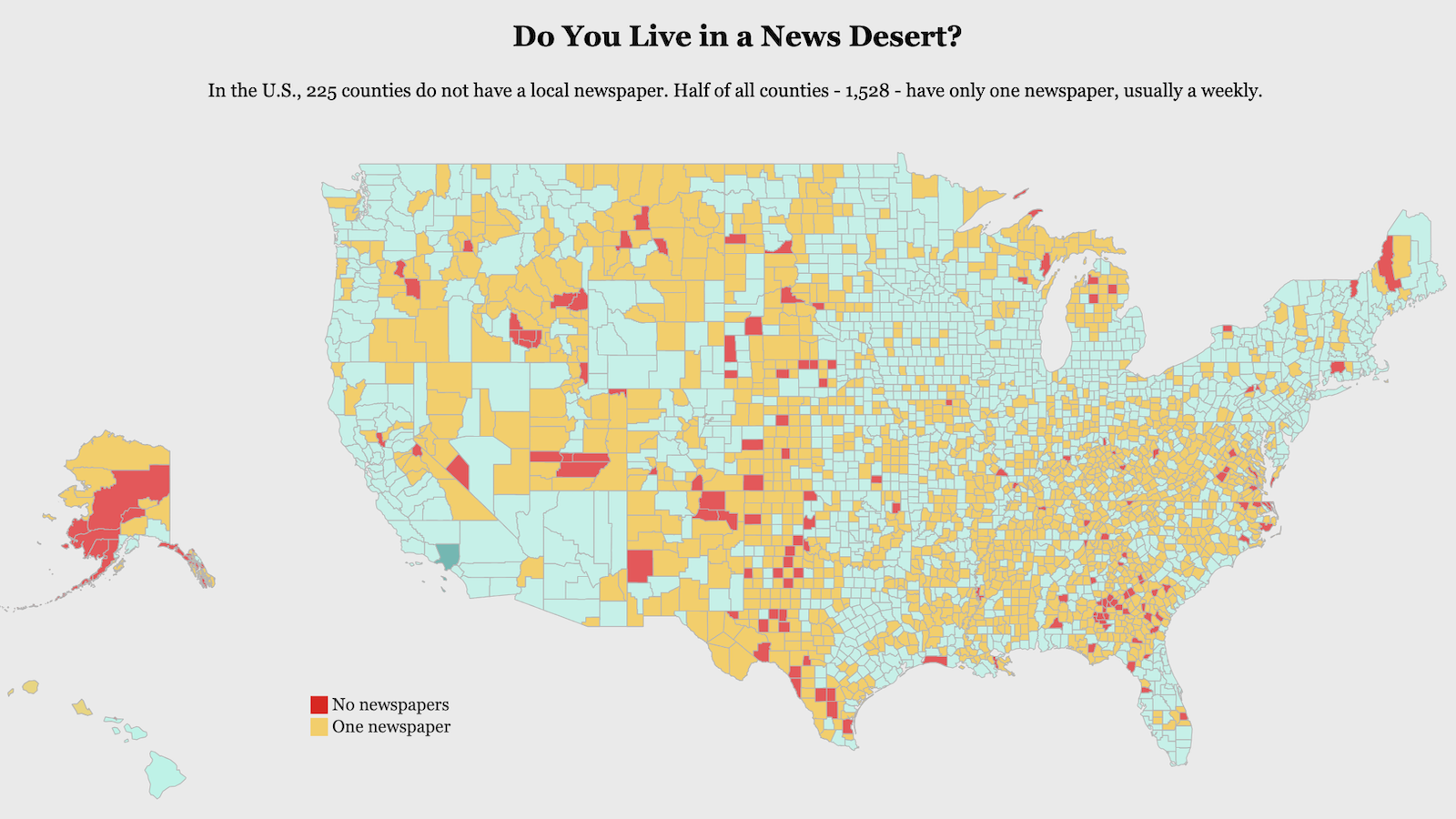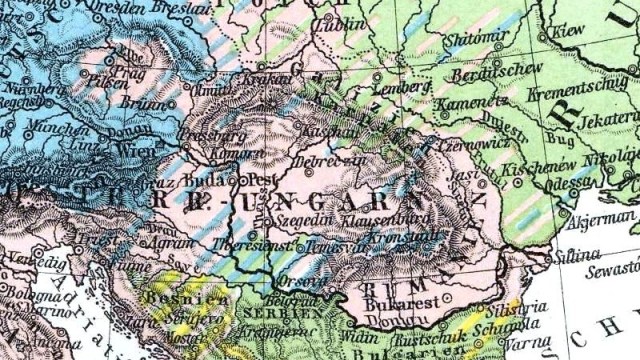The Portrait of a Lady, in Fifty Shades of Grey

With the Fifty Shades of Grey trilogy topping bestseller lists worldwide, it is now fair to argue that the best and worst novelists in the English language share a last name. At the very least the contrast between Henry and E. L. James will provide rich material for future graduate theses: one is a male author of drawing-room dramas, the other a female author of popular erotica; one upheld an essentially nineteenth-century sensibility, the other employs the conventions of twenty-first-century fan fiction; one honed the novel as an instrument of psychological and moral inquiry, the other has ruined literature and sex forever.
Still, the opposite ends of a spectrum often shade into each other. If you look hard enough and are willing to risk unbelievable boredom, you’ll find that the Jameses sometimes share a style as well as a name. Both favor allegorical character names (Isabel Archer, Anastasia Steele), both write a prose dense with mannerisms (Henry’s page-long sentences, E. L.’s use of “Jeez!” to indicate arousal), and both leave you wondering whether they’ve ever experienced sexual pleasure.
After an exhaustive search, I present to you the three moments of strongest resemblance between two Jamesian classics: The Portrait of a Lady and Fifty Shades of Grey. Allowance should be made for the difference in first versus third person narration as well as for the fact that E. L. James can’t write.
1
“Oh yes, I obey very well,” cried Pansy with soft eagerness, almost with boastfulness, as if she had been speaking of her piano-playing. And then she gave a faint, just audible sigh. (Portrait)
“So obeying, do you think you can manage that?”
He stares at me, his gray eyes intense. The seconds tick by.
“I could try,” I whisper. (Fifty Shades)
2
She asked Ralph to show her the pictures; there were a great many in the house, most of them of his own choosing. The best were arranged in an oaken gallery, of charming proportions, which had a sitting-room at either end of it and which in the evening was usually lighted….She was eager, she knew she was eager and now seemed so; she couldn’t help it. “She doesn’t take suggestions,” Ralph said to himself; but he said it without irritation; her pressure amused and even pleased him. The lamps were on brackets, at intervals, and if the light was imperfect it was genial. It fell upon the vague squares of rich colour and on the faded gilding of heavy frames; it made a sheen on the polished floor of the gallery. Ralph took a candlestick and moved about, pointing out the things he liked; Isabel, inclining to one picture after another, indulged in little exclamations and murmurs. (Portrait)
Everything else is white—ceiling, floors, and walls except, on the wall by the door, where a mosaic of small paintings hang, thirty-six of them arranged in a square. They are exquisite—a series of mundane, forgotten objects painted in such precise detail they look like photographs. Displayed together, they are breathtaking.
“A local artist. Trouton,” says Grey when he catches my gaze.
“They’re lovely. Raising the ordinary to extraordinary,” I murmur, distracted both by him and the paintings. He cocks his head to one side and regards me intently.
“I couldn’t agree more, Miss Steele,” he replies, his voice soft, and for some inexplicable reason I find myself blushing. (Fifty Shades)
3
He glared at her a moment through the dusk, and the next instant she felt his arms about her and his lips on her own lips. His kiss was like white lightning, a flash that spread, and spread again, and stayed; and it was extraordinarily as if, while she took it, she felt each thing in his hard manhood that had least pleased her, each aggressive fact of his face, his figure, his presence, justified of its intense identity and made one with this act of possession. (Portrait)
We’re alone. Suddenly, for some inexplicable reason, possibly our proximity in such an enclosed space, the atmosphere between us changes, charging with an electric, exhilarating anticipation. My breathing alters as my heart races. His head turns fractionally toward me, his eyes darkest slate. I bite my lip.
“Oh, fuck the paperwork,” he growls. He lunges at me, pushing me against the wall of the elevator. (Fifty Shades)
Interestingly, the line “Oh, fuck the paperwork” also appeared in Henry James’s first draft of the scene above, but was eliminated in revision. Similarly, E. L. James considered modeling the end of Fifty Shades of Grey after Isabel Archer’s decision to forgo love, but ultimately decided to write two more horrible books instead.





